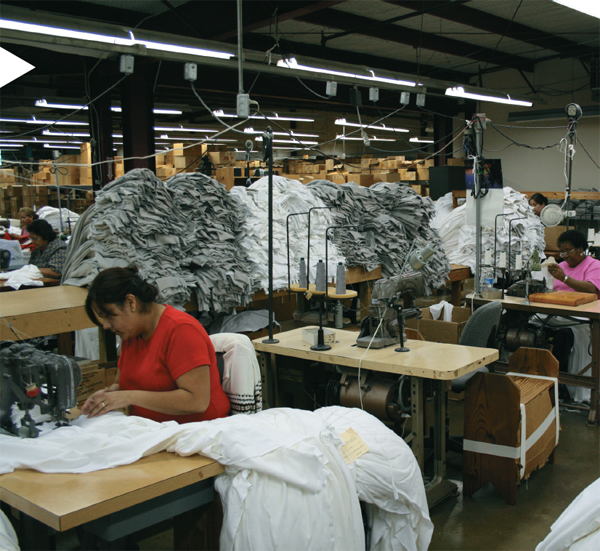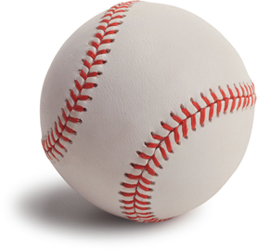4
PRODUCT COSTING FOR MANUFACTURING COMPANIES
After studying this chapter, you should be able to meet the following learning objectives (LO).
- Distinguish between product and period costs. (Unit 4.1)
- Describe the three major components of product costs: direct materials, direct labor, and manufacturing overhead. (Unit 4.1)
- Trace the flow of product costs through the inventory accounts. (Unit 4.2)
- Compute a predetermined overhead rate and apply manufacturing overhead to production. (Unit 4.3)
- Compute product costs using a job order costing system. (Unit 4.3)
- Dispose of under- and overapplied manufacturing overhead. (Unit 4.4)

The Pitch

Jonathan Smith, C&C Sports' vice president of marketing, was talking with Erin Newton, the company's controller. “I don't understand how you think it costs us $11.17 to make a baseball jersey. The materials cost only $6.85, and it takes only a few minutes for our sewing machine operators to put the whole thing together. I figure it costs us $9.00 at most.”
“There's more to the cost of making a jersey than buying materials and paying someone to sew them into a jersey,” Erin replied. “Think about all the electricity we use to run the sewing machines and heat and cool the building. And that's just the beginning of all the other costs we incur to go ...
Get Managerial: Accounting now with the O’Reilly learning platform.
O’Reilly members experience books, live events, courses curated by job role, and more from O’Reilly and nearly 200 top publishers.

